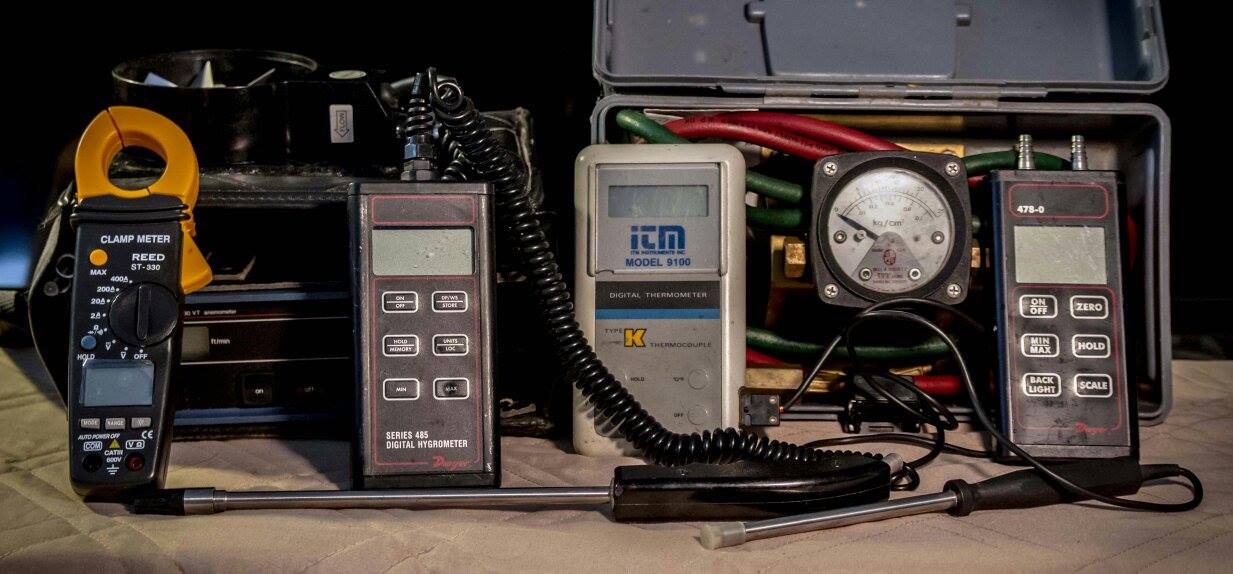Saber Cut Saw

The saber cut saw also known as a portable jigsaw can use various blades and is able to make straight or curved cuts in wood, plywood, hardboard, laminates, light metal and ceramics. It can rip a long piece of wood, crosscut, bevel, meter and start a cut in the material being worked with.
Using a special blade it can cut flush to a perpendicular surface which will permit openings near a wall for heating ducts or plumbing. Nearly all saber saws can cut through up to 2 inch stock.
Components
switch handle
cord motor
bevel cut adjustment
blade lock
bolt
blade
blade holder
motor ventilating holes
housing
Type of blades
coarse toothed blade for thick wood. fine toothed blade for hardwood and plastic. knife blade for linoleum, rubber and leather.
metal cutting blade for iron, steel and brass.
taper ground blade leaves a smooth edge.
carbide tipped blade will cut glass and tile.
Type of cuts
Pocket cut where you tilt the saw so that the blade rests firmly on the work. Then the blade is tilted back slowly until the blade enters the wood. Near the end of the cut, turn the saw to make the next straight line cut and then finish off the leftover pieces in the corners.
Bevel cut where you loosen the adjustment at the base plate and tilt the plate to the desired angle. Tighten and use the saw in a conventional manager.
Curved cut where you use the narrowest blade to get sharpest curve. Start from the edge or make a pocket cut. Clamp the work to prevent chattering.
Rip cut where you use long straight cuts which are called ripping. This can be done with an accessory rip fence or with a bard clamped to the work.
Return from saber cut saw to home page
Hard copy and E book for sale. Introduction to Building Mechanical Systems. Click here.